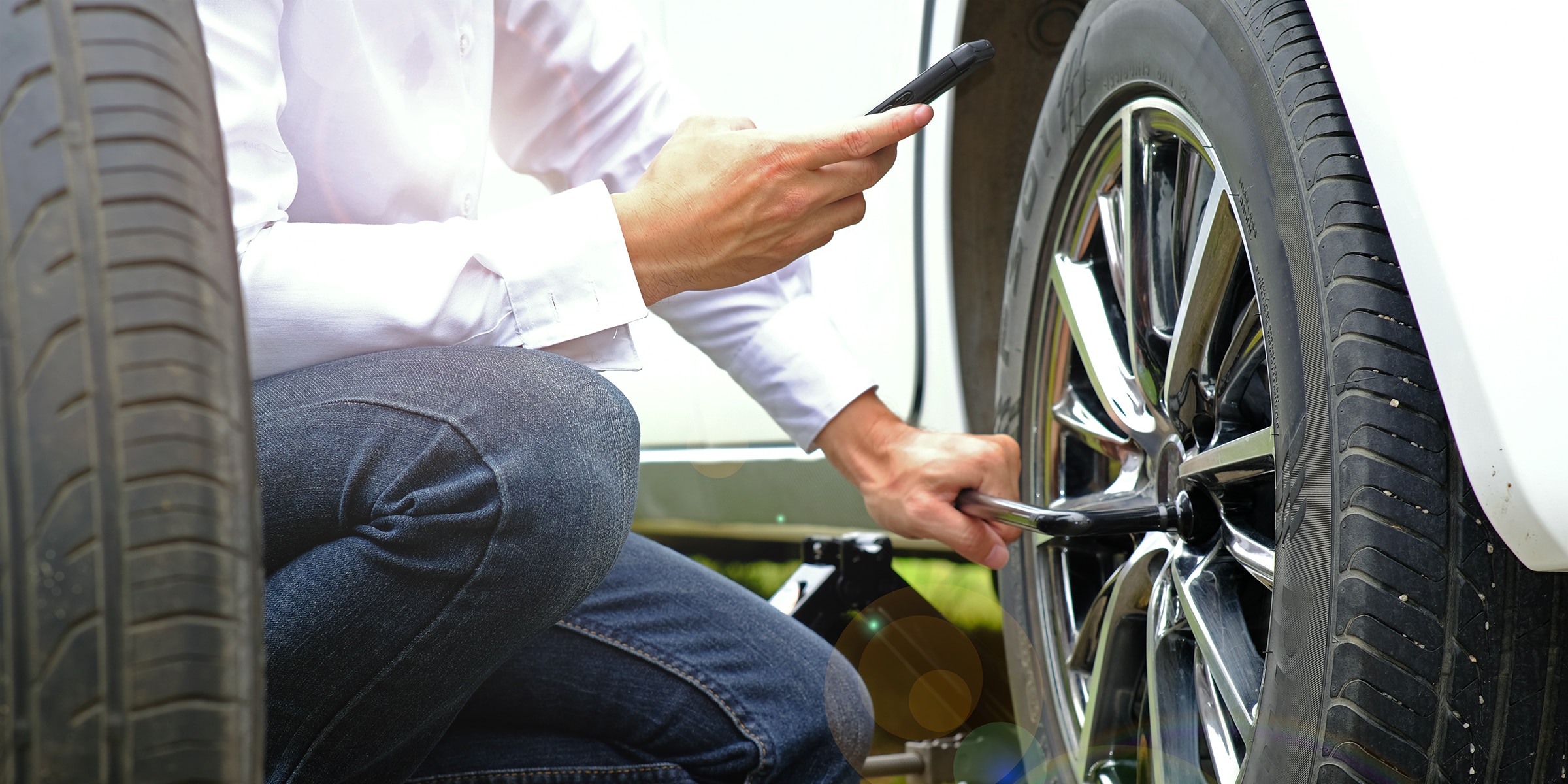-
Tires
How do M+S (Mud and Snow) branded tires, All-Season tires, and three-peak mountain snowflakeAll-Season tires, and three-peak mountain snowflake branded tires differ in the snow? One word; Traction! And while you may not know which tire offers the best traction in winter weather, it'll only take...
-
Tires
Maximum Inflation PressureA tire's maximum inflation pressure is the highest "cold" inflation pressure that the tire is designed to contain. However the tire's maximum inflation pressure should only be used when called for on the vehicle's tire placard or in the vehicle's owners manual. It is...
-
Tires
Introduced in the United States in the 1960s, metal studs that could be inserted into tires were developed to enhance traction on the slipperiest road condition...ice. The studs were designed to use the vehicle's weight and centrifugal forces to provide more ice traction as they repeatedly...
-
Tires
Run-flat tires offer drivers temporary extended mobility even after a puncture allows complete air pressure loss. However, even run-flat tires will fail if driven too fast, too far or too heavily loaded when flat. For this reason, run-flat tires may only be used on vehicles equipped with a Tire...
-
Tires
Most run-flat tires make a promise of temporary extended mobility at up to 50 miles per hour speeds for up to 50-mile distances in the event a puncture allows complete air pressure loss. However, even if driven within their speed and distance limitations, driving on run-flat tires with low or...
-
Tires
Maximum LoadA tire's maximum load is the most weight the tire is designed to carry. Since a tire's load carrying capacity is related to the tire's size and construction and how much inflation pressure is actually used, maximum loads are rated with the tire inflated to an industry assigned...
-
Tires
Federal law requires tire manufacturers to provide standardized information permanently branded on the sidewalls of all tires sold in the United States. This includes information about the tire's basic characteristics, capacities and construction, as well as its U.S. Department of...
-
Installation |
Tires
The answer could be yes, no, or yes and no! It all depends on your vehicle's tire type, setup, and whether you are replacing just two or all four tires. Are your tires directional, or non-directional? Are they mounted in a "square" setup, i.e., all four tires are the same size? Or "staggered,"...
-
Tires
If you ever visit an auto museum, you'll see most antique cars were equipped with two or more spare tires. Fortunately today's roads and improved tire durability have reduced that necessity, allowing our vehicles to be equipped with a single spare or none at all! While some of today's vehicles...
-
Tires
The ability of a four-wheel drive and all-wheel drive vehicles to divide the engine's horsepower between its four tires is especially useful on loose or slippery surfaces such as sand and dirt, as well as on wet, icy or snow-covered roads. However it's important to remember that in order to...
-
Tires
What happens to rubber balloons in the days after a party? The air pressure inside them escapes through the rubber and the balloons go flat. And while air also escapes through the rubber of tires for cars and trucks, today's more robust tubeless tire designs experience air pressure losses of...
-
Tires
It's a very common question -- what is the speed rating on my tires? And of course, what does that mean? The practice of branding a speed rating on tires began in Germany, where some highways don't have speed limits, as a way to ensure the speed capability of the tires were matched with the top...


